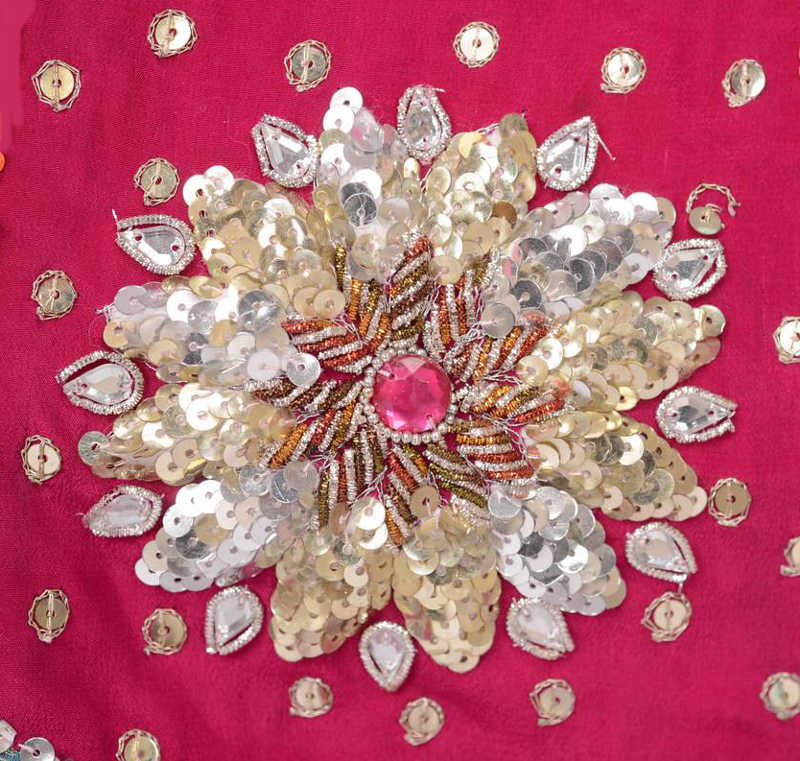===
0190,
3
===

=== |
 |
ke bīch : 'In the midst (of), in, into; between, among; during; meanwhile'. (Platts p.207)
FWP:
SETS == SYMMETRY
MOTIFS == EYE; MIRROR
NAMES
TERMS==Here's a calligraphy piece showing vs. 3-4, by *Muhammad Ahrar 'Hindi'*, presented to me by SRF, 2002.
To SRF's array of possibilities let me just add a few more.
=The traditional āʾīnah-ḳhānah , or shīsh-mahal , in Mughal and Rajput palaces was a windowless room tiled with very small tiles of shiny mirrored glass (on this see G{10,5}), so that when lit by a candle or two it glittered unforgettably. A close (or crazed) observer might well imagine that she could see her own, or a friend's, face reflected in a few of those tiny mirrors.
=The rule of 'symmetry' in Urdu grammar makes it as possible to read (1b) as (1a): instead of seeing the universe as a mirror-house, we might equally be seeing a mirror-house as the universe.
=SRF thinks of us as seeing the face 'in the midst of' the walls; but 'in between the walls' works just as well (see the definition above). Perhaps the universe is assembled from pre-fabricated panels, which come together with little cracks or gaps at the meeting-points. Through those tiny slivers of space Someone is observing our behavior, and contemplating our struggles to see beyond the confines of our 'mirror-house'.
=The real key to the verse is chashm ho , 'if an eye would exist' or 'if there would be an eye'. It's easy to construe that as referring to an appropriate or suitable eye. An eye sufficiently mystically-knowledgeable? An eye sufficiently crazy? An eye sufficiently sane and determined? If we postulate the appropriate kind of eye, any sort of result can be generated. And as usual, the choice is left to us.